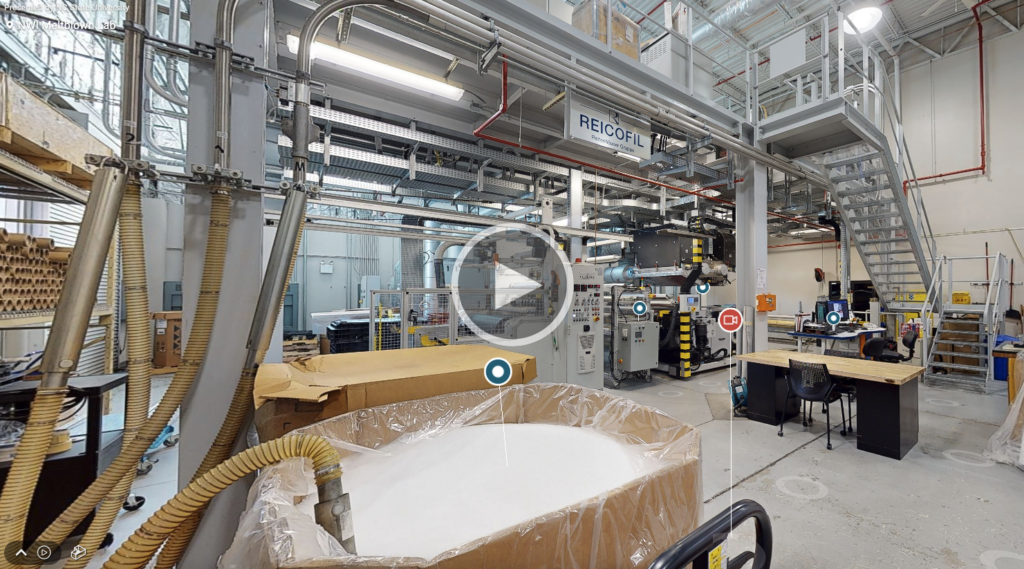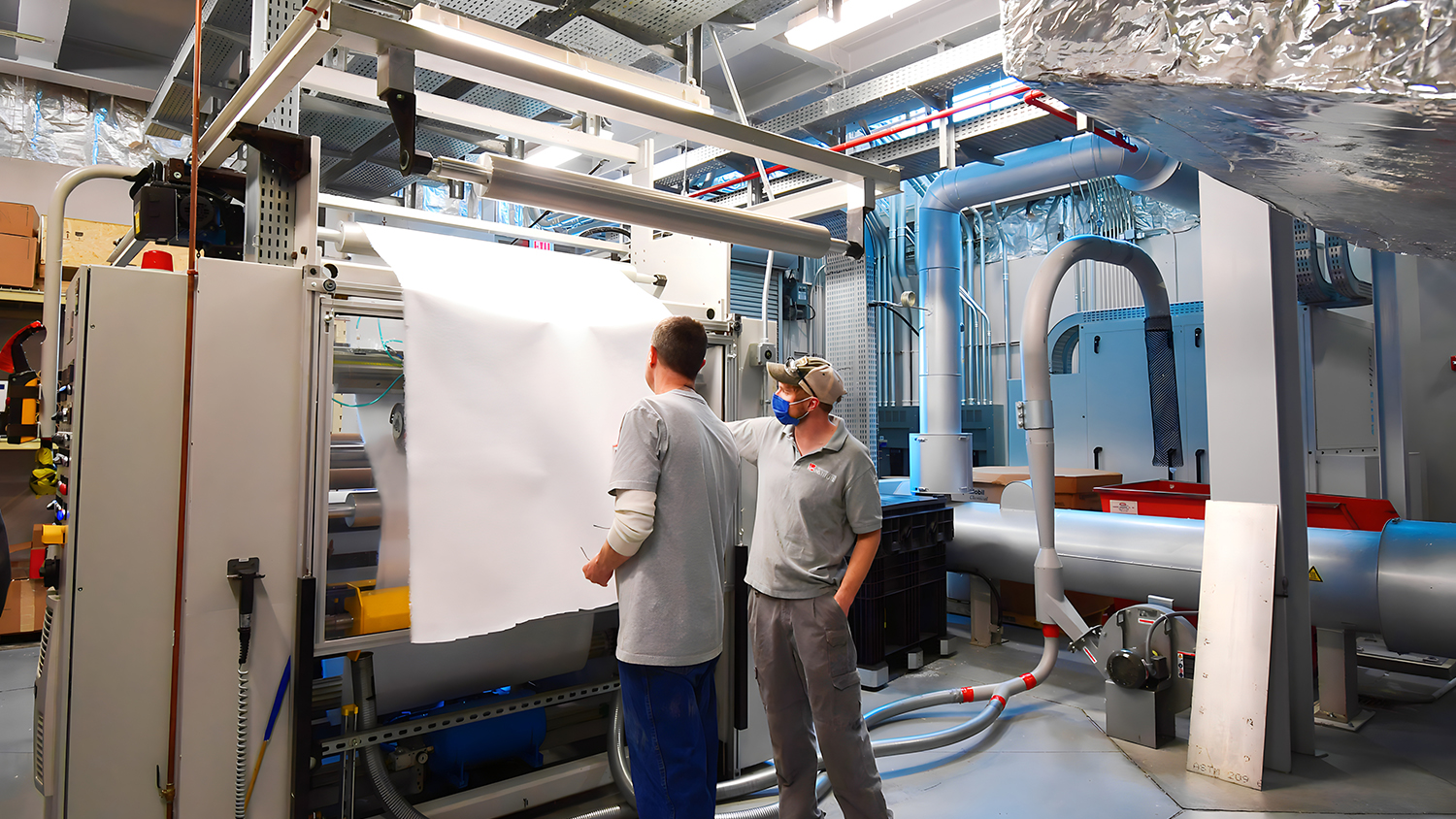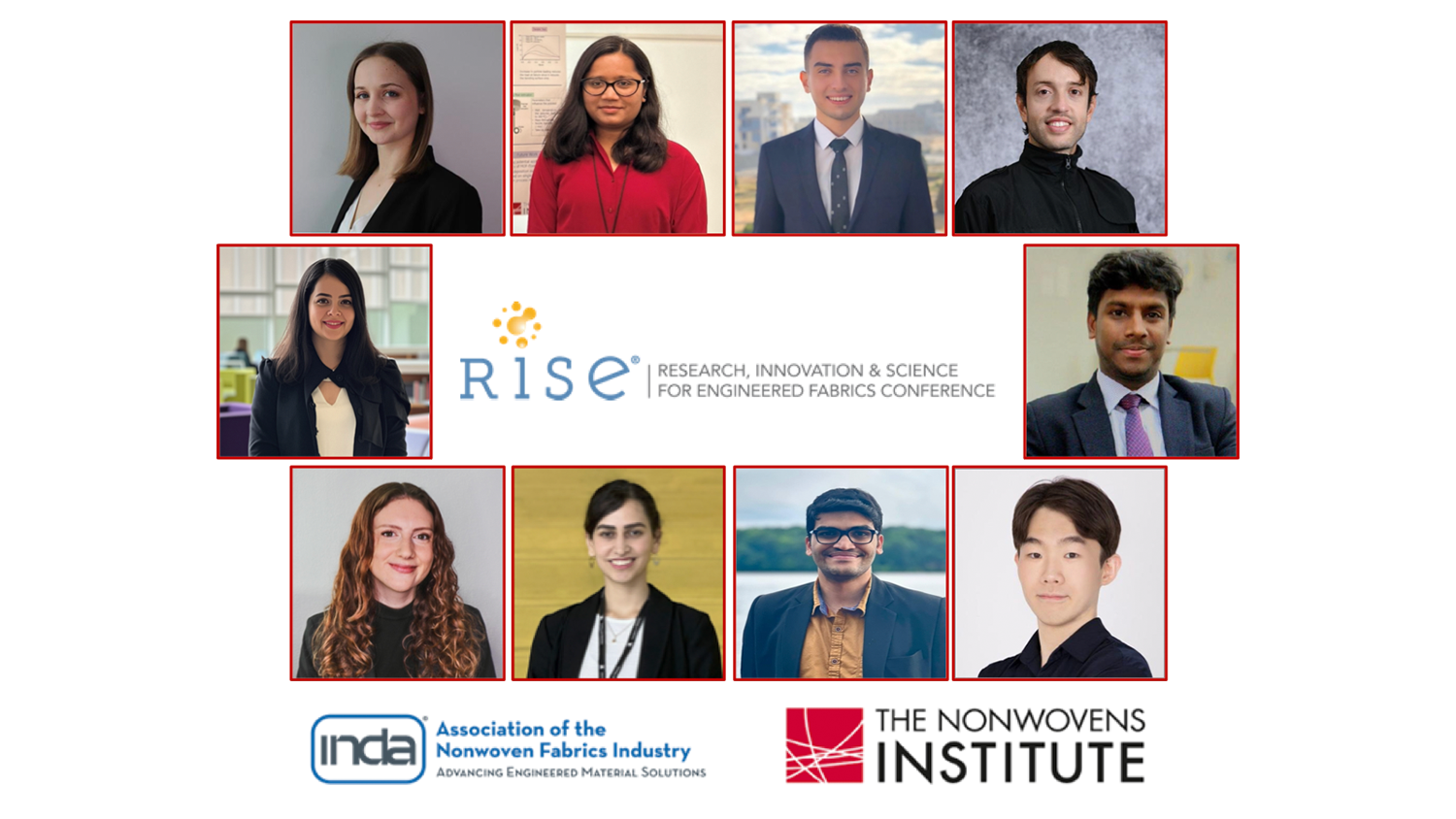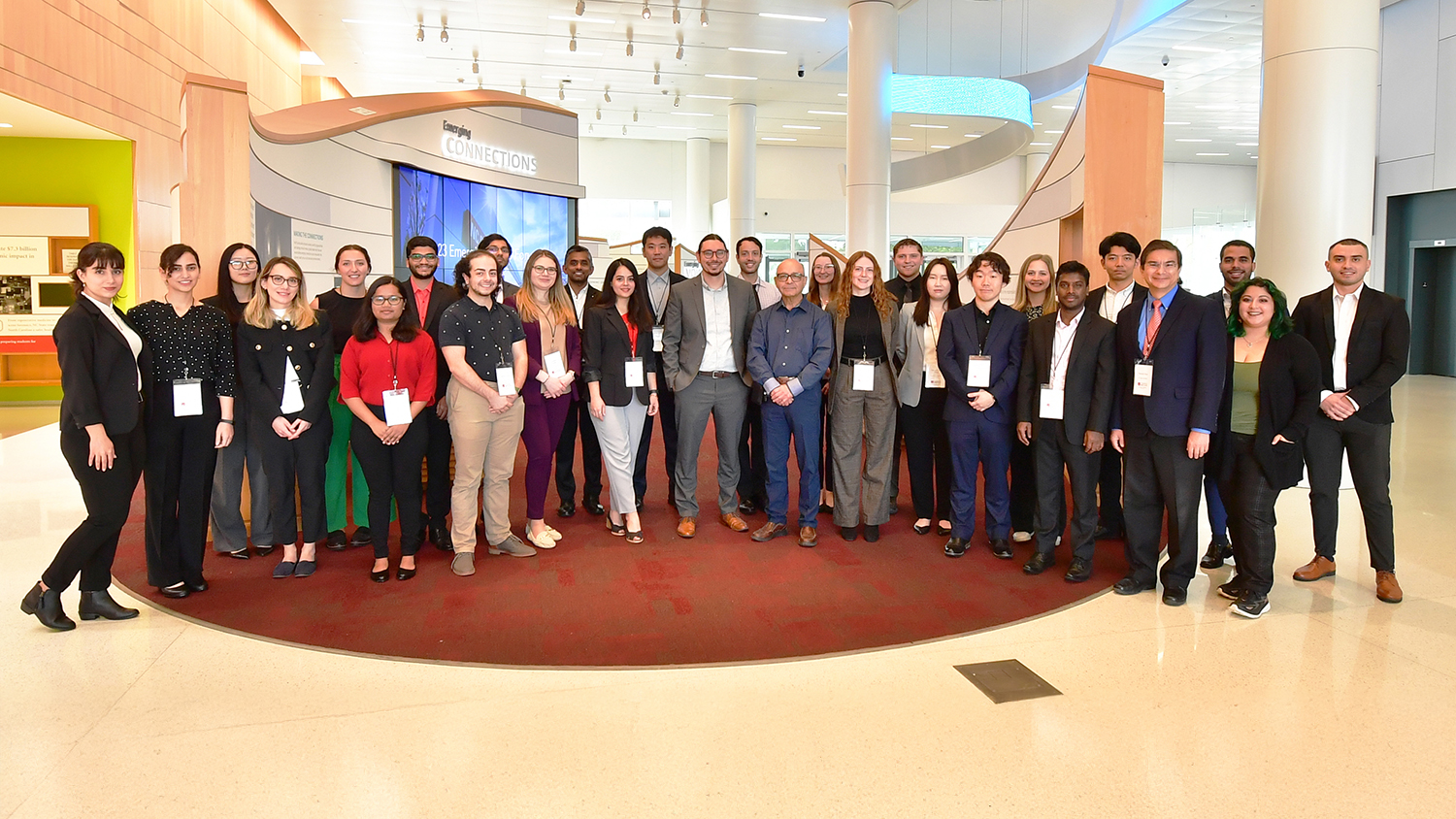The Nonwovens Institute at North Carolina State University offers state-of-the-art technology and deep expertise in meltblown nonwoven applications. This article provides a brief primer on meltblown technology and applications followed by a virtual tour, which walks you through the capability housed within NWI’s Meltblown Lab.
About Meltblown Nonwovens
Meltblown nonwoven materials are an innovative type of fabric with wide ranging applications. For example, meltblown nonwovens are renowned for their excellent filtration efficiency, as meltblown structures are made of fine fibers, producing materials with high surface area and high porosity. These properties enable the capture of very small particles, including bacteria and viruses, making meltblown nonwovens a critical component in medical face masks, respirators, and other types of personal protective equipment (PPE). The COVID-19 pandemic highlighted the importance of meltblown nonwovens as demand for high-quality filtration materials surged globally. The role of meltblown materials in ensuring the safety of healthcare workers and the public cannot be overstated.
Beyond filtration, meltblown nonwovens are utilized in absorbent products such as wipes and oil-spill cleanup materials. Their fine fibers and porous structure can absorb and retain liquids in a way that is well suited for such applications. In the hygiene industry, meltblown is used in disposable diapers to provide barrier properties – in leg cuffs for example – and sanitary napkins to provide an absorbent layer.
Meltblown materials are created using a manufacturing process where molten polymer is extruded through a diepack and then propelled via high-velocity hot air onto a collector to form a web. The meltblown process typically produces fibers 2-5 micrometers in diameter, although sub-micron fibers are possible depending on the performance requirements of the application.
In the meltblown process, thermoplastic polymers such as polypropylene are melted and extruded through a spinneret with numerous tiny holes. As the polymer exits the spinneret, it is stretched and high-speed air stream causes the fibers to attenuate and become very fine. These fine fibers are then deposited onto a moving conveyor belt, where they form a random web.
There is significant science behind how the meltblown process is controlled to produce the desired material performance characteristics. Factors include polymer selection, equipment design (e.g., spinneret, belt configuration and speed, etc.) and treatment methods (e.g. electrostatic charging, hydrophilization, etc.).
One drawback of meltblown materials is that they lack strength due to the low molecular weight of the polymers preferred for the meltblown process. For this reason, meltblown nonwoven materials are commonly combined with spunbond nonwovens to provide structural integrity. For example, spunbond-meltblown-spunbond, commonly referred to as SMS, is a structure with wide-ranging applications. The thicker fibers of the spunbond layer provide strength, while the fine fiber meltblown provides barrier performance. SMS is used for hygiene products, such as diaper leg cuffs and diaper back sheets, for medical products, such as gowns and drapes, and for industrial products, such as protective apparel.
Meltblown Lab Virtual Tour

Meltblown Lab Capabilites
The NWI Meltblown Lab features a 1.2-meter wide Reifenhäuser Reicofil pilot line. This stand-alone machine, along with NWI’s many years of experience in developing meltblown nonwoven applications, provides the ability to test a wide range of polymers, including polyolefins, polyamides, polyesters, elastomers, PLA and many others. Importantly, this meltblown system includes in-line electrostatic charging capability (corona).
To engage with NWI’s meltblown nonwovens experts and/or to schedule time in NWI’s Meltblown Lab, please visit https://bit.ly/4bNRX11.
For more information on NWI’s pilot- and lab-scale nonwoven production and testing capabilities, please visit https://bit.ly/48IWpx6.
To build your understanding of the meltblown nonwoven production process, consider attending the Meltblown Technology Short Course, which is presented by NWI in partnership with INDA, Association of the Nonwoven Fabrics Industry.
* The Meltblown Lab Virtual Tour is made possible through a grant provided by NC State’s Digital Education and Learning Technology Applications (DELTA), in support of NWI’s education and training programs. To learn more about DELTA, please visit https://delta.ncsu.edu/.
- Categories:



